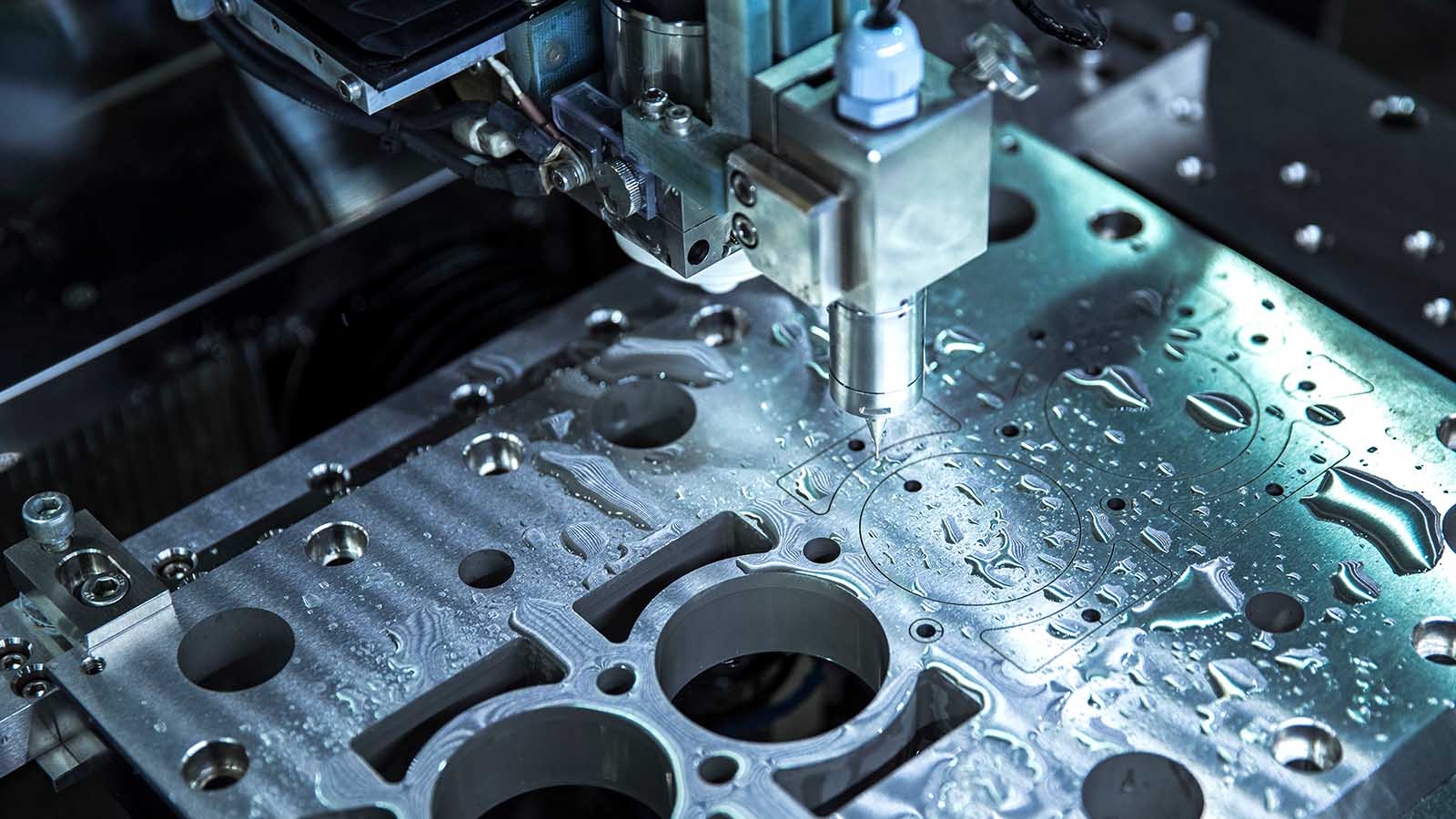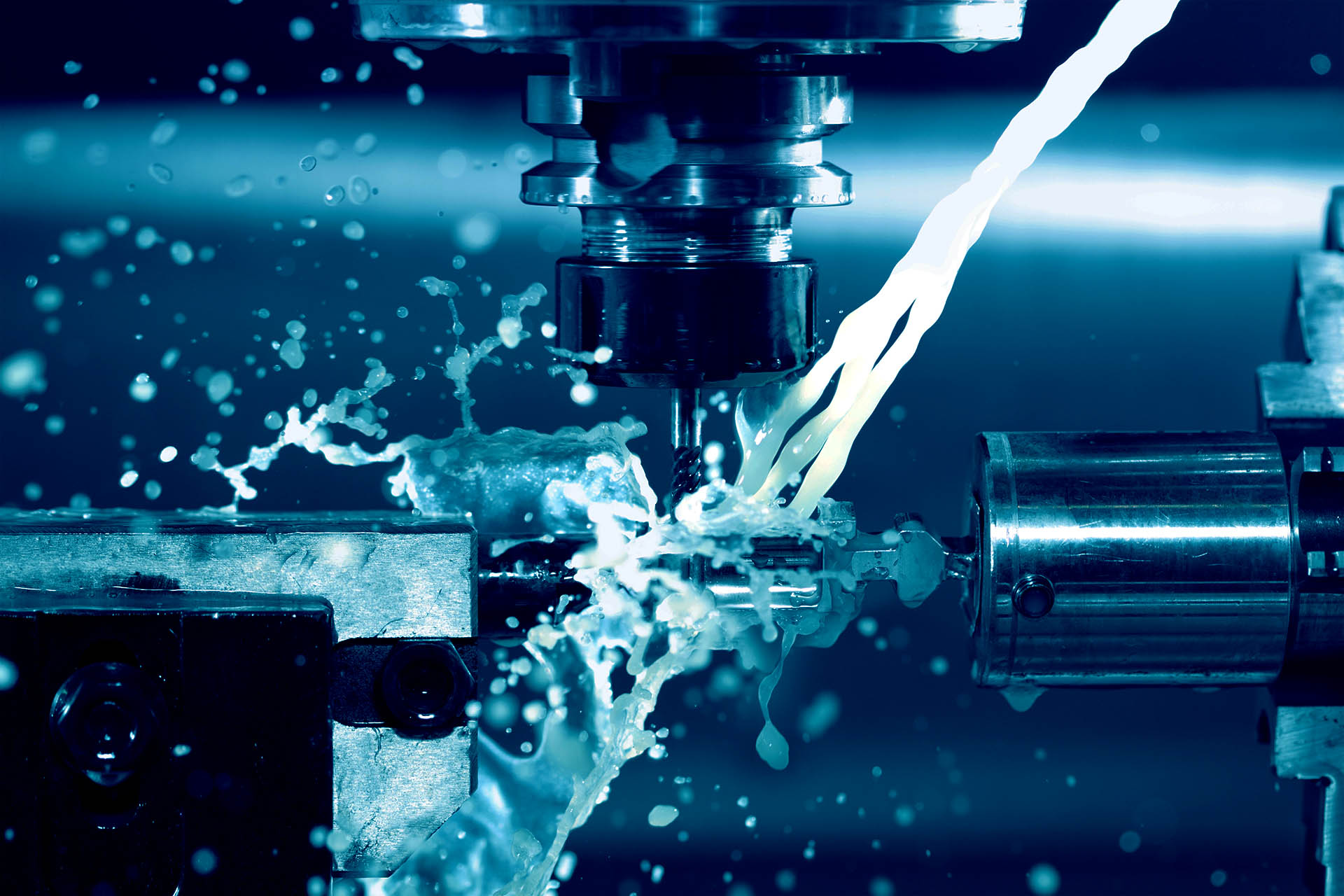The Function of Fasteners and Machining in High-Quality Item Style
The Function of Fasteners and Machining in High-Quality Item Style
Blog Article
Grasping the Art of Fasteners and Machining: Innovations and Finest Practices
In the world of industrial manufacturing and design, the mastery of fasteners and machining is a cornerstone of guaranteeing architectural stability, functionality, and durability in different applications. As technology advances and needs for efficiency and accuracy rise, staying abreast of the most recent innovations and ideal techniques in fastening and machining becomes critical. From the advancement of fastening innovations to the complexities of picking one of the most ideal materials, the landscape of contemporary manufacturing is continually advancing. Join us as we explore the most recent developments and explore the nuanced world of understanding bolts and machining, revealing key understandings and strategies that can elevate your approach to design solutions.
Advancement of Attachment Technologies
Throughout the commercial revolution and right into the modern era, the development of securing modern technologies has actually been marked by continuous developments in efficiency and integrity. Bolts, such as screws, rivets, and screws, play a vital duty in numerous markets, including automotive, aerospace, building, and electronic devices. The need for more powerful, more sturdy, and easier-to-install fastening solutions has actually driven technology in the area.
One significant growth has actually been the change towards accuracy machining methods to produce fasteners with higher tolerances and premium efficiency. This shift has made it possible for manufacturers to create bolts that satisfy strict high quality criteria and deal boosted resistance to deterioration and tiredness.
Furthermore, the introduction of sophisticated materials, such as titanium alloys and composites, has revolutionized the capacities of bolts. Fasteners and Machining. These materials provide outstanding strength-to-weight ratios, making them optimal for applications where minimizing weight is critical without compromising structural integrity
Innovations in Machining Approaches
In the realm of industrial production, the continuous development of machining techniques has actually paved the method for unprecedented accuracy and effectiveness in the production of fasteners. This specific control allows manufacturers to produce facility and elaborate fastener styles with convenience.

Furthermore, the adoption of multi-axis machining centers has actually made it possible for synchronised cutting procedures from different angles, even more enhancing performance and lowering production times. By making use of these advanced machining methods, manufacturers can meet the enhancing demand for high-grade bolts while preserving cost-effectiveness in their operations.
Choosing the Right Fastener Materials
Selecting the proper material for fasteners is a crucial choice that significantly affects the efficiency and longevity of the put together components. When choosing the right bolt product, several aspects need to be taken into consideration to make sure the toughness and my explanation integrity of the final Your Domain Name product. The product chosen need to be compatible with the ecological problems the bolts will be subjected to, such as temperature variants, dampness levels, and harsh components.
Usual products utilized for bolts consist of stainless steel, carbon steel, aluminum, and titanium, each offering unique residential properties that fit different applications. Stainless-steel, as an example, is understood for its deterioration resistance, making it perfect for marine or outside atmospheres. Carbon steel is a cost-efficient option suitable for lots of general-purpose applications. Light weight aluminum is light-weight and commonly used in industries where weight is a critical element. Titanium, on the other hand, is remarkably strong and corrosion-resistant, making it appropriate for high-performance applications.
Enhancing Accuracy in Machining
Accomplishing optimum accuracy in machining is essential for making certain the top quality and efficiency of machined elements. Precision in machining refers to the capability to continually create components within limited tolerances and with high accuracy. To boost accuracy in machining, makers employ a variety of innovative strategies and technologies. One key technique is using Computer system Numerical Control (CNC) devices, which use exceptional precision and repeatability compared to traditional manual machining methods. CNC equipments are programmable and can perform complicated machining procedures with marginal human treatment, leading to greater precision levels.
In addition to CNC machining, the use of innovative cutting devices and tool holders can additionally dramatically enhance accuracy. By prioritizing precision in machining, suppliers can attain premium product high quality, tighter tolerances, and improved total performance of machined parts.

Ideal Practices for Bolt Installment
Precision in machining plays a crucial duty in ensuring the reliability and long life of bolt setups. When it comes to ideal techniques for bolt installment, one vital element is the correct option of fasteners based on the particular application requirements. Utilizing the right type, dimension, and material of bolt is important to ensure optimum efficiency and durability. Fasteners and Machining. Furthermore, it is vital to follow manufacturer guidelines and recommended torque worths anonymous during the installation procedure to avoid under-tightening or over-tightening, which can cause early fastener failure.
Furthermore, making certain that the fastener strings are free and clean of particles before installation is important to achieving a protected and efficient connection. Using thread-locking substances or washers can also improve the security of the fastener assembly. Regular examinations and upkeep of bolts post-installation are suggested to identify any prospective concerns early and protect against pricey repair services or substitutes in the future. By sticking to these best practices, suppliers can optimize the integrity and efficiency of their fastener installations.
Conclusion
By choosing the best bolt materials and improving accuracy in machining, manufacturers can attain optimum outcomes in their operations. In general, grasping the art of bolts and machining involves continual innovation and adherence to best practices.
In the world of industrial manufacturing, the continuous development of machining methods has actually paved the method for unmatched precision and effectiveness in the production of fasteners.Precision in machining plays a crucial duty in making certain the integrity and longevity of bolt setups. When it comes to best techniques for bolt installment, one essential facet is the correct choice of fasteners based on the specific application requirements. By choosing the best bolt materials and improving accuracy in machining, producers can attain optimal results in their procedures. On the whole, grasping the art of bolts and machining entails continual development and adherence to ideal practices.
Report this page